What are eco-friendly balloons made of?
Are you concerned about the environmental impact of your celebrations? You are not alone. The balloon industry is changing, and I am here to help you understand what makes a balloon truly eco-friendly.
Eco-friendly balloons are primarily made from natural latex1. This material is harvested from rubber trees. It breaks down naturally in the environment. Unlike plastic balloons, these options offer a more sustainable choice2 for your events.
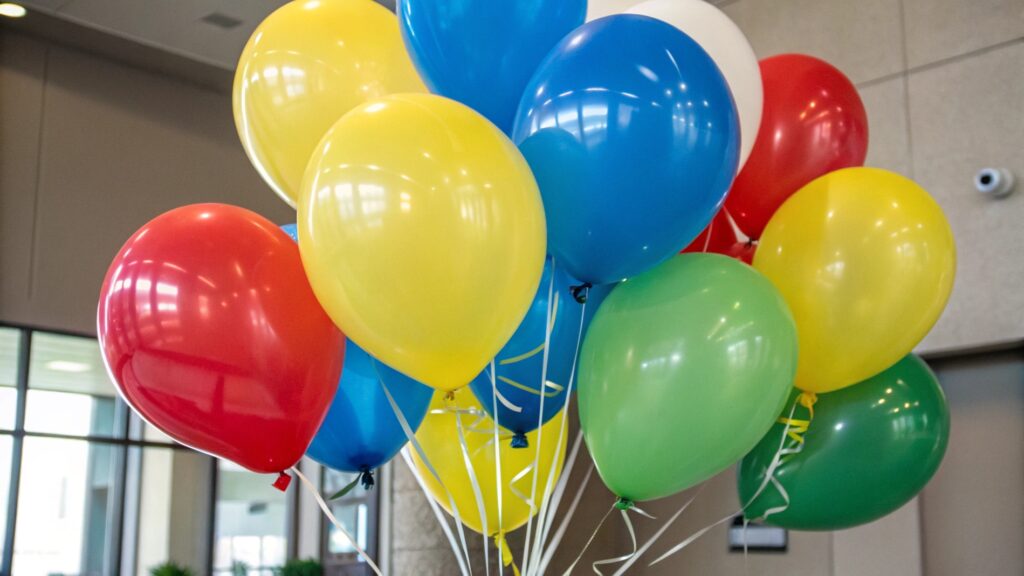
The journey to sustainability is complex. It requires looking at the materials we use and how they behave in the environment. Let's explore what goes into making balloons truly eco-conscious.
What materials are used in biodegradable balloon production?
Are you wondering what makes a balloon disappear naturally? The secret lies in its core material. It is often a material that comes from nature.
The main material for biodegradable balloons3 is natural latex. This is different from synthetic rubber. Natural latex comes from the sap of rubber trees. It is a renewable resource4. Manufacturers process this sap into sheets or liquid. Then they mold it into balloons.
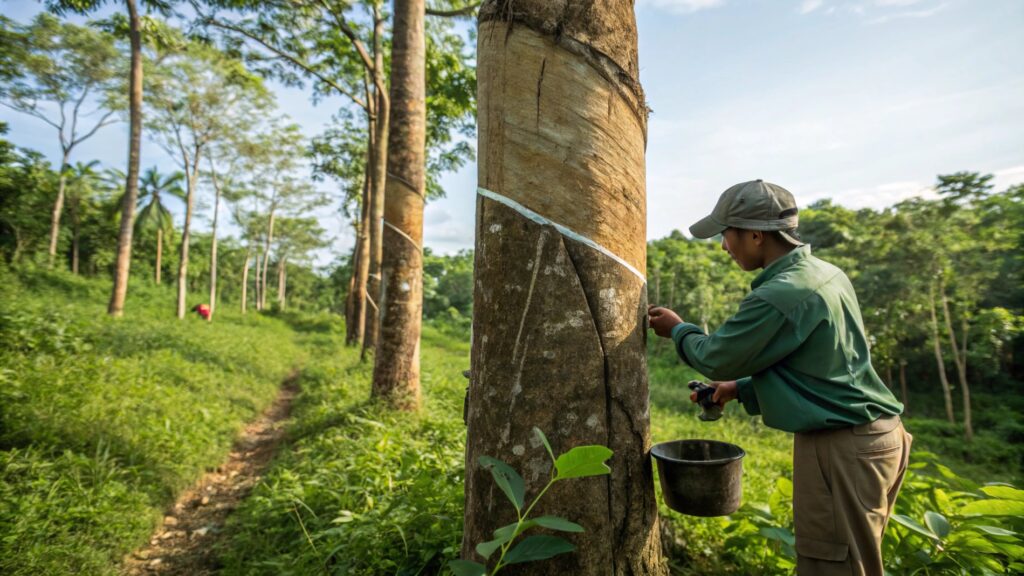
I have been in the balloon industry for a long time. I know that not all latex is equal. For truly biodegradable balloons, the quality of the raw latex is key. We ensure our suppliers provide high-grade, traceable natural latex. This means we know where it comes from. We know it meets strict environmental standards. Synthetic materials, like plastics, do not break down. This is why foil balloons, which are made of plastic, are not considered eco-friendly. They look festive, but they stay in the environment for a very long time.
Here is a breakdown of materials:
| Material Type | Source | Biodegradable? | Environmental Impact | Notes |
|---|---|---|---|---|
| Natural Latex | Rubber Tree Sap | Yes | Low, breaks down naturally | Renewable, preferred for eco-friendly |
| Synthetic Rubber | Petroleum-based | No | High, persists in nature | Used in non-eco-friendly balloons |
| Plastic (Foil) | Petroleum-based | No | High, persists for centuries | Not considered eco-friendly, made from plastic |
| Bioplastics | Plant-based | Varies | Potentially lower, still new | Emerging, not widely used for balloons yet |
The quality and source of natural latex matter. High-quality latex breaks down faster. It leaves fewer harmful residues. We choose suppliers who follow sustainable farming practices. This ensures our balloons are as kind to the planet as possible.
Are eco-friendly balloons truly compostable5?
Do you ever wonder if eco-friendly balloons can go into your compost bin? It is a good question. The answer depends on what "compostable" truly means for these products.
Eco-friendly balloons, made from natural latex, are biodegradable. This means they break down over time due to natural processes. However, "compostable" usually means a product can break down in a commercial composting facility. These facilities have specific conditions like heat and microbes.
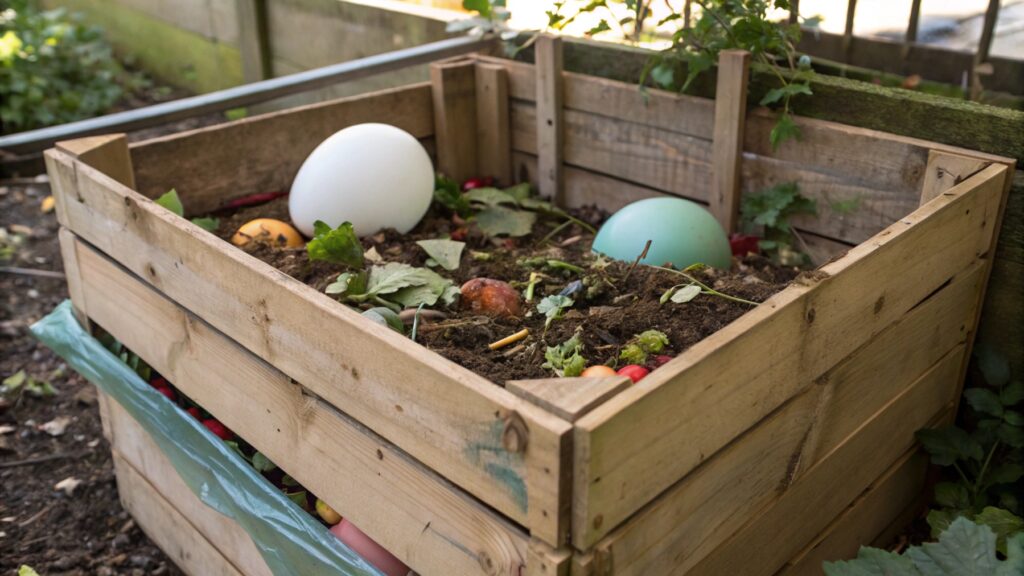
From my experience, natural latex balloons do break down in home compost. But they take a long time. It is not like food scraps. They also need the right conditions. This means enough moisture and air. If you put them in a landfill, they will still break down. It just takes longer because landfills do not have good conditions for decomposition. We always tell our customers that while our balloons are biodegradable, putting them in a special composting facility is best if possible. If not, they will still decompose naturally, but more slowly.
Here is a comparison of decomposition methods for natural latex balloons:
| Method | Conditions | Speed of Decomposition | Residue Left | Suitability |
|---|---|---|---|---|
| Industrial Composting | High heat, specific microbes, controlled environment | Fast | Minimal | Ideal, but not widely available for balloons |
| Home Composting | Varied heat, natural microbes, less controlled | Medium to Slow | Minimal | Possible, but takes longer, requires attention |
| Landfill | Anaerobic (no oxygen), varied moisture | Very Slow | Minimal | Not ideal, but still degrades over time |
| Natural Environment | Exposed to elements, UV, moisture, microbes | Medium | Minimal | Degrades naturally, but can take months or years |
It is important to understand the difference between biodegradable and compostable. Biodegradable means it will break down into natural elements. Compostable means it will break down in a specific composting environment. While our natural latex balloons are biodegradable, they are not typically certified as "compostable" for industrial facilities. They are still a much better choice than plastic. They will not harm the environment in the same way.
What alternatives to latex are used for sustainable balloons?
Are you looking for balloon options beyond traditional latex? You might be wondering what other sustainable materials exist. The truth is, choices are quite limited right now.
While there is a lot of talk about alternatives, natural latex remains the primary sustainable option for balloons. Some companies are exploring plant-based bioplastics. But these are very new. They are also not widely available for balloons. Plus, many bioplastics still need specific conditions to break down. They are not always a perfect solution.
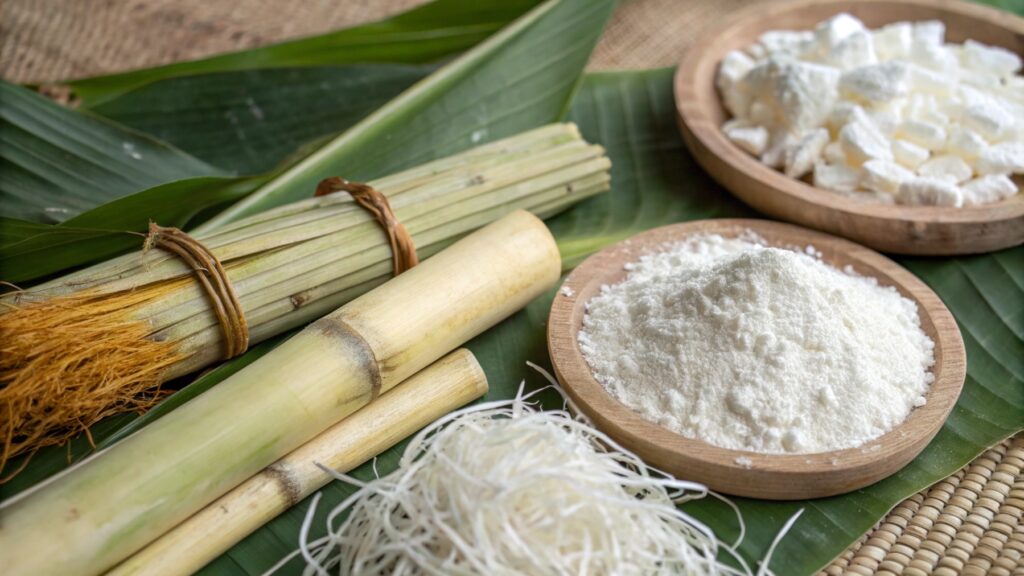
In my time in this industry, I have seen many materials come and go. When it comes to balloons, natural latex is the only material that truly decomposes without leaving harmful residues. Foil balloons, for example, are made from a type of plastic. They are not sustainable. Some people might confuse them with eco-friendly options. But they are not. My team and I focus on improving the sustainability of natural latex6 itself. This means looking at the entire supply chain. We want to ensure that the latex we use is sourced responsibly. We verify that it has a low impact on the environment. This includes fair labor practices and reforestation efforts where the rubber trees are grown.
Here is a look at current and potential materials:
| Material Type | Sustainability Status | Pros | Cons | Availability for Balloons |
|---|---|---|---|---|
| Natural Latex | Most sustainable | Biodegradable, renewable, widely used | Can cause allergies (rare) | High |
| Bioplastics | Emerging, promising | Plant-based, potentially biodegradable | Varies in breakdown, new technology | Low |
| Recycled Plastics | Not currently used | Reduces waste | Not suitable for balloon elasticity | None |
| Paper/Cellulose | Possible for shapes | Biodegradable | Not suitable for inflatable balloons | Very Low |
The industry is always researching new materials. But as of now, natural latex is the best choice for truly eco-friendly balloons. Our focus at AIHUA BALLOON is on perfecting the natural latex balloon. We want to make it as sustainable as possible. This involves ethical sourcing and rigorous testing. We make sure our balloons meet global safety standards.
How do eco-friendly balloons impact the environment after release?
Do you worry about what happens to balloons after they float away? It is a valid concern. The environmental impact depends heavily on the type of balloon.
Eco-friendly balloons, which are made from natural latex, have a minimal impact after release. They break down in the environment. This process is like a tree leaf decomposing. They do not persist in nature for centuries, unlike plastic products.
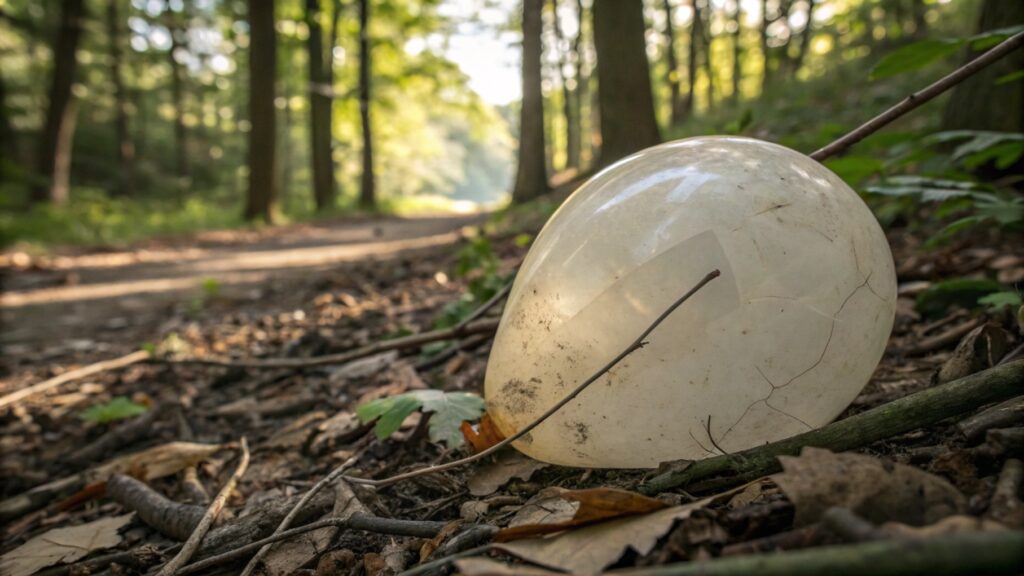
I have heard many stories about balloons harming wildlife. Most of these stories refer to Mylar or foil balloons. These are plastic. They do not break down. Natural latex balloons are different. Over time, they become brittle. They fall to the ground. Then, microbes and sunlight break them down into natural components. We still recommend responsible disposal. We encourage our customers to not release balloons into the air. This is because they can still pose a litter risk before they decompose. But if they are released, their impact is significantly less than non-biodegradable alternatives. We test our products to ensure they meet strict safety and environmental standards. We want to minimize any potential harm.
Here is a summary of the environmental impact after release:
| Balloon Type | Primary Material | Degradation Timeframe | Environmental Impact | Risk to Wildlife |
|---|---|---|---|---|
| Natural Latex Balloon | Natural Rubber Sap | Months to Years | Minimal, breaks down into natural elements | Low |
| Foil/Mylar Balloon | Plastic (Nylon/PET) | Centuries | High, persists as litter, breaks into microplastics | High |
| Plastic Balloon | PVC/Other Plastics | Centuries | High, persists as litter, breaks into microplastics | High |
The key difference lies in the material. Natural latex is a gift from nature. It returns to nature. Plastic, however, stays forever. Choosing natural latex balloons means you are making a more responsible choice for the planet. We aim to make moments colorful without compromising the environment.
Conclusion
Eco-friendly balloons, made from natural latex, offer a sustainable choice. They biodegrade naturally. This minimizes environmental impact. We ensure quality and responsible sourcing for a brighter, cleaner celebration.
-
Learn about natural latex, its harvesting process, and why it's a better choice for the environment compared to synthetic materials. ↩
-
Explore what defines a sustainable choice in products and how it impacts the environment positively. ↩
-
Discover the innovative materials and processes behind biodegradable balloons, and how they contribute to a sustainable future. ↩
-
Explore the significance of renewable resources in sustainability and how they impact our environment positively. ↩
-
Learn about the meaning of compostable and its implications for eco-friendly products, including balloons. ↩
-
Learn about the sustainable sourcing practices of natural latex, ensuring low environmental impact and ethical labor practices. ↩
